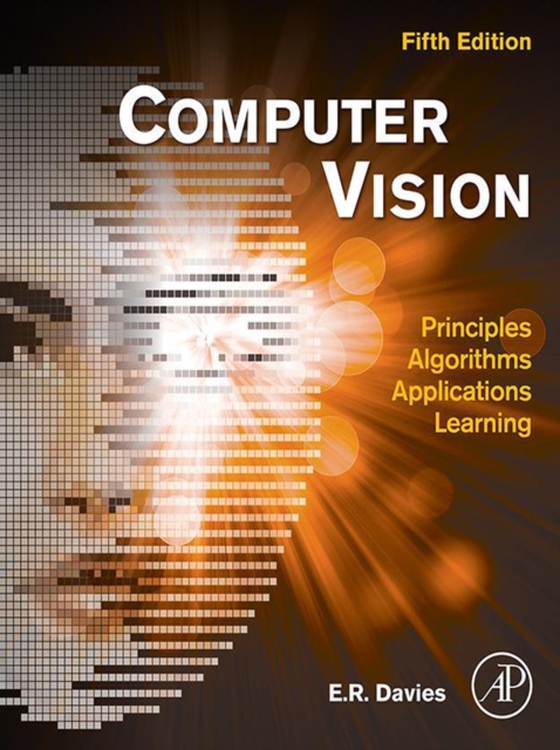
Computer Vision e-bog
1185,51 DKK
(ekskl. moms 948,41 DKK)
Computer Vision: Principles, Algorithms, Applications, Learning (previously entitled Computer and Machine Vision) clearly and systematically presents the basic methodology of computer vision, covering the essential elements of the theory while emphasizing algorithmic and practical design constraints. This fully revised fifth edition has brought in more of the concepts and applications of comput...
E-bog
1185,51 DKK
Forlag
Academic Press
Udgivet
15 november 2017
Længde
900 sider
Genrer
Communications engineering / telecommunications
Sprog
English
Format
epub
Beskyttelse
LCP
ISBN
9780128095751
Computer Vision: Principles, Algorithms, Applications, Learning (previously entitled Computer and Machine Vision) clearly and systematically presents the basic methodology of computer vision, covering the essential elements of the theory while emphasizing algorithmic and practical design constraints. This fully revised fifth edition has brought in more of the concepts and applications of computer vision, making it a very comprehensive and up-to-date text suitable for undergraduate and graduate students, researchers and R&D engineers working in this vibrant subject. See an interview with the author explaining his approach to teaching and learning computer vision - http://scitechconnect.elsevier.com/computer-vision/ Three new chapters on Machine Learning emphasise the way the subject has been developing; Two chapters cover Basic Classification Concepts and Probabilistic Models; and the The third covers the principles of Deep Learning Networks and shows their impact on computer vision, reflected in a new chapter Face Detection and Recognition. A new chapter on Object Segmentation and Shape Models reflects the methodology of machine learning and gives practical demonstrations of its application. In-depth discussions have been included on geometric transformations, the EM algorithm, boosting, semantic segmentation, face frontalisation, RNNs and other key topics. Examples and applications-including the location of biscuits, foreign bodies, faces, eyes, road lanes, surveillance, vehicles and pedestrians-give the 'ins and outs' of developing real-world vision systems, showing the realities of practical implementation. Necessary mathematics and essential theory are made approachable by careful explanations and well-illustrated examples. The 'recent developments' sections included in each chapter aim to bring students and practitioners up to date with this fast-moving subject. Tailored programming examples-code, methods, illustrations, tasks, hints and solutions (mainly involving MATLAB and C++)
 Dansk
Dansk

